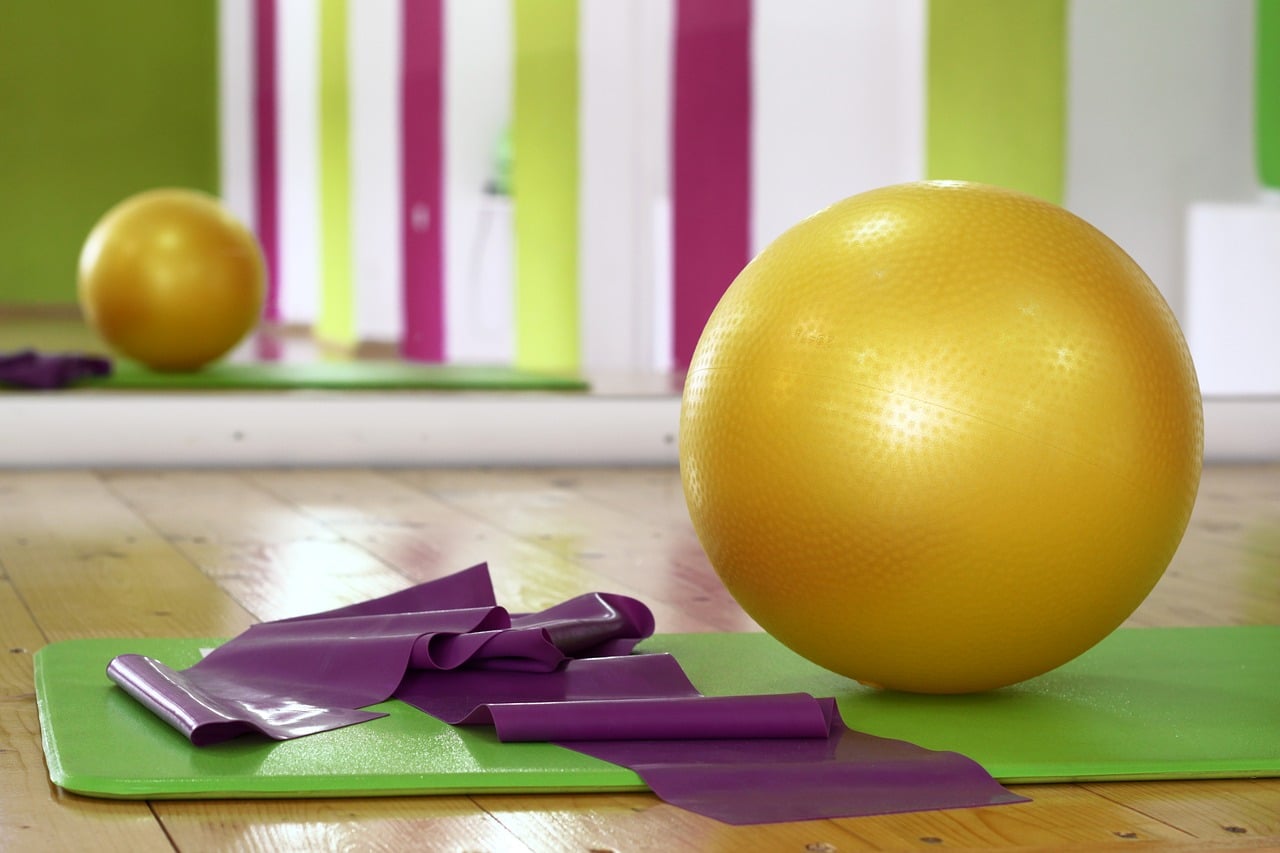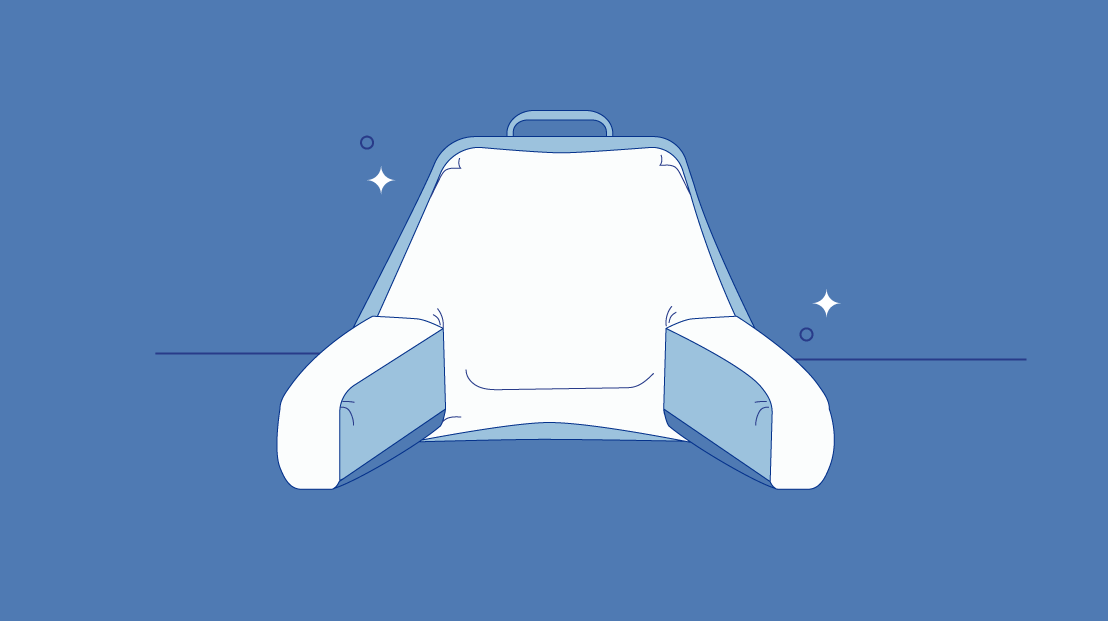Key Takeaways
- Sitting Too Long is Not Good: Prolonged sitting, especially during long work hours, can lead to discomfort and lower back pain. Using a seat cushion for your office chair can help improve posture and reduce pressure on your tailbone, enhancing overall comfort.
- Office Chair Cushion Benefits: Seat cushions designed for office chairs can be effective in reducing lower back pain, alleviating symptoms of sciatica, and promoting better blood circulation. They are also a cost-effective alternative to purchasing a new ergonomic office chair and can be used with any chair.
- How to Choose a Seat Cushion: When choosing a seat cushion, consider the material, shape, and thickness. Memory foam, latex, poly-foam, and gel are common materials used. The shape of the cushion can vary from flat square to tapered or U-shaped, each offering different benefits. The thickness of the cushion should be chosen based on your body weight, with larger individuals often requiring thicker cushions.
Even with the best ergonomic office chair, for those of us who work at home, sitting at a desk for up to 8 or 9 hours at a time can get painful. However, using a seat cushion can improve your posture and put less pressure on your tailbone.
The best seat cushion for an office chair can help reduce lower back pain, minimize symptoms of sciatica, and improve blood circulation. Also, compared to a new office chair, seat cushions are much more affordable. Plus, you can use a seat cushion with any chair you choose.
If you’re on the hunt for a seat cushion for an office chair, come take a look at our newly-released Amerisleep Seat Cushion.
Best Amerisleep Seat Cushion for Office Chair
Quick Guide: A 30-Second Summary
| Best Seat Cushion for Office Chair | Amerisleep Seat Cushion |
-
Price
$69
-
Warranty
1 Year
-
Thickness
2.25 Inches
-
Return Policy
100 Days
The Amerisleep Seat Cushion is made from breathable and soft memory foam designed to cradle and support your legs, hips, back, and bottom.
- Responsive foam fill buoys the body
- Tapered edges promote good posture
- Machine-washable cover for a clean seat
- People with an uncomfortable desk chair
- People attending sports games and other events
- People with back pain
Our Amerisleep Seat Cushion has an ergonomic design built to support your lumbar spine and help you sit comfortably. You can use our seat cushion on office chairs and any other hard seat or stool.
The foam inside the cushion is more responsive than traditional memory foam to ensure you’re on top of the cushion rather than in it. Also, the lumbar support pillow features tapered edges for back support and to promote good posture.
The machine-washable cover has a stylish, yet neutral design to match any home while still being supportive. The cover fabric is soft and promotes airflow to stop you from overheating.
Our seat cushion comes with a 100-day trial and a 1-year warranty. With that, we also offer free shipping and returns within the contiguous US.
What to Look for in a Seat Cushion
If you plan on using office chair cushions for long periods, consider what they’re made from, their shape, and their thickness to ensure they will support you well.
Material
Your seat cushion’s materials can affect its durability, supportiveness, and responsiveness. Most seat cushions are made from poly-foam, memory foam, or latex foam, and have a soft and breathable cover. Some seat cushions are even made entirely of gel. Let’s take a look.
- Memory foam: A memory foam seat cushion can be responsive and pressure-relieving. Since memory foam can get hot, most newer memory foam cushions are infused with materials such as gel, copper, or graphite to make them cooler.
- Latex: Latex is bouncy and supportive. It contours less closely than memory foam but still relieves pressure and pain. Latex can be a bit expensive, but it’s durable, so it may last longer than some other options.
- Poly-foam: Poly-foam is a synthetic and inexpensive variation of memory foam or latex foam. While it’s pressure-relieving at first, it can wear down and grow lumps quickly, making it less supportive.
- Gel: Gel seat cushions are known for being cooling and reasonably priced but aren’t always the most supportive or durable. If you’re looking for something to cool you down and minimize pain, consider a gel-infused cushion with foam.
Shape
Seat cushions are all built to be roughly the same dimensions as chairs, but they come in several different shapes to promote different benefits, such as square, tapered, or U-shaped.
A flat square-shaped seat cushion can be effective, but you might also consider a tapered or U-shaped seat cushion to reduce back pain or have a tendency to slouch. Tapered and U-shaped seat cushions are designed to improve your posture and won’t exacerbate lower back pain.
Thickness
Comfortable seat cushions can be between 1 to 3 inches thick, but your body weight will influence the exact thickness you need.

Thin people generally won’t need a thick seat cushion since they won’t place as much pressure on the cushion. Conversely, large people will likely need a thicker seat cushion to ensure they reap all the benefits of it.
With thickness in mind, a lumbar cushion’s thickness can affect the ergonomics of your office space. Too high or low of a set-up can cause stiffness and discomfort.
When seated on your seat cushion, ensure your feet are flat on the floor and your wrists and forearms are in line with your desk. Most desk chairs are adjustable, so you should be able to adjust your chair as needed to accommodate your seat cushion.
FAQs
How do you keep a seat cushion in place?
Having your seat cushions constantly sliding out of place can be annoying to deal with, especially during work or school. Some seat cushions have a non-slip rubber bottom, but if yours doesn’t, you can use a non-slip pad or tape between your seat cushion and the chair. You can also use an adjustable strap to attach your seat cushion to your chair.
How long do seat cushions last?
Seat cushions made from high-quality materials—such as memory foam or latex—can last up to seven years with proper care. Eventually, they will flatten out and won’t support you enough, so you’ll need to replace them.
Are seat cushions allowed on airplanes?
Yes, just like many people bring pillows on planes, you can do the same with a seat cushion. With this in mind, you should always double-check your airline’s guidelines before traveling.
Seat cushions are often small, lightweight, and fit as carry-ons. They’re great to use when traveling by plane, train, or car, especially if you’ll be traveling for a long period of time.
How long is too long when sitting?
Experts agree that sitting down for long periods of time is harmful to your health. While using a seat cushion can reduce the pressure on your body while seated, you should still sit for no longer than 30 minutes per hour.
Instead, you should stand at your work station for 15 to 30 minutes every hour while working or at school. Some desks have a sit-to-stand design built so you can easily switch between sitting and standing.
It’s also a good idea to walk around your office or home for several minutes every hour. Also, whenever you’re on the phone or watching television, try standing up rather than sitting.
What happens to your body when you sit too much?
Sitting for even more than 1 hour affects your lipoprotein lipase activity, one of the enzymes involved in fat metabolism. Also, the glucose in your system metabolizes into fat rather than muscle, leading to weight gain.
Those who sit for more than 8 hours a day and don’t exercise regularly have the same risk of dying Verified Source Mayo Clinic Ranked #1 hospital by U.S. News & World Report and one of the most trusted medical institutions in the world. The staff is committed to integrated patient care, education, and research. View source as obese individuals do, even if they are at a healthy weight. However, even if you do exercise regularly outside of sitting at work or school, sitting will still negatively impact your body. For this reason, make it a priority to stand up regularly.
Conclusion
Although a seat cushion won’t cure your lower back pain or stiffness when sitting for long hours, it can alleviate some discomfort and make sitting easier. While you should still make an effort to stand up while working, office seat cushions can help prevent the muscles on your bottom, thighs, and hips from tightening and aching.
About the author
Mitchell Tollsen is a graduate student and a freelance writer who’s contributed to the Early Bird blog for three years. Mitchell’s always been fascinated by the science of sleep and the restorative processes our bodies undergo when at rest. The self-titled “Sleep Expert” is always looking for ways to improve his shut-eye, and throughout the years has implemented numerous lifestyle changes and tried dozens of sleep-promoting gadgets to determine the best ways to truly get better rest.
View all posts






